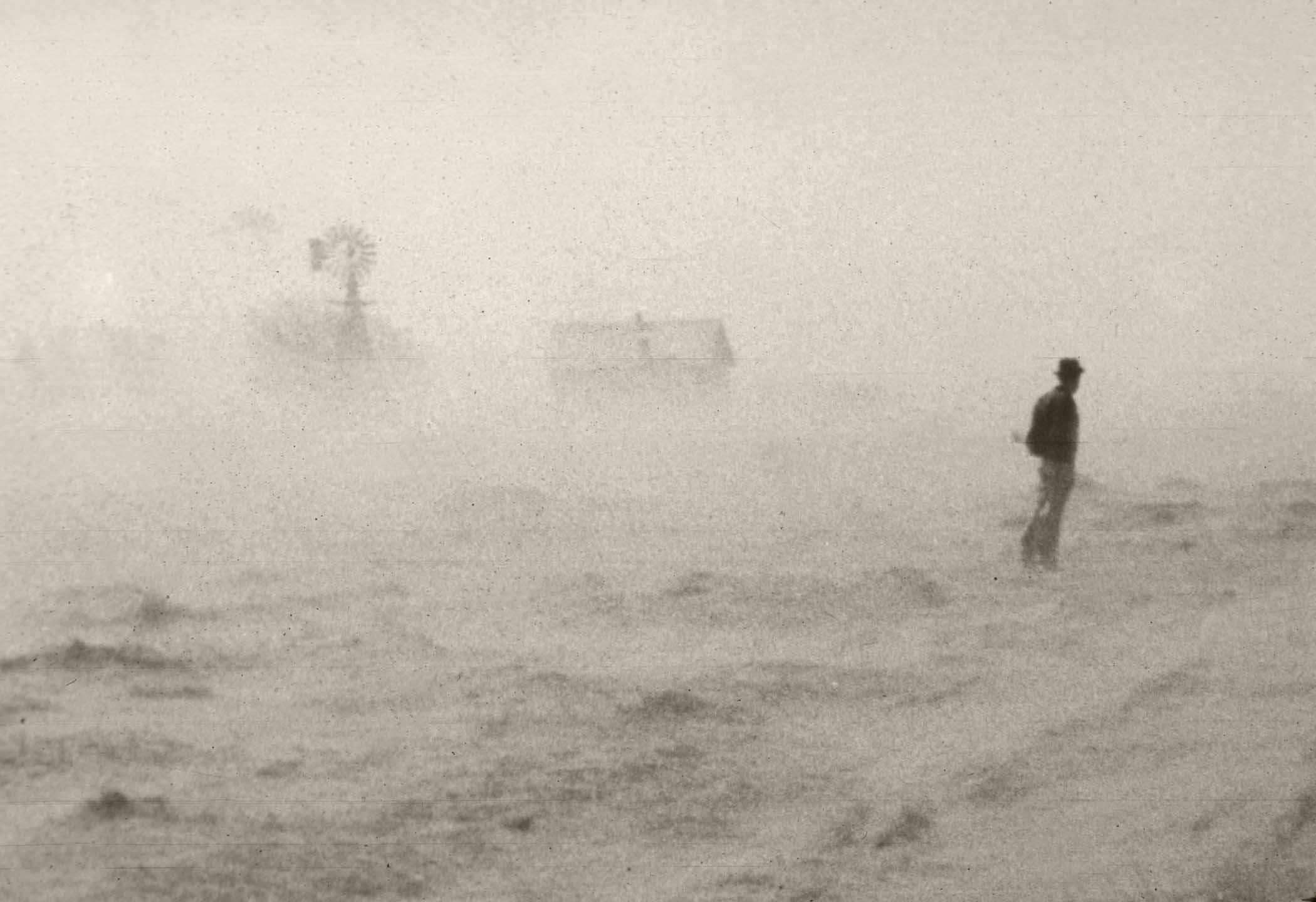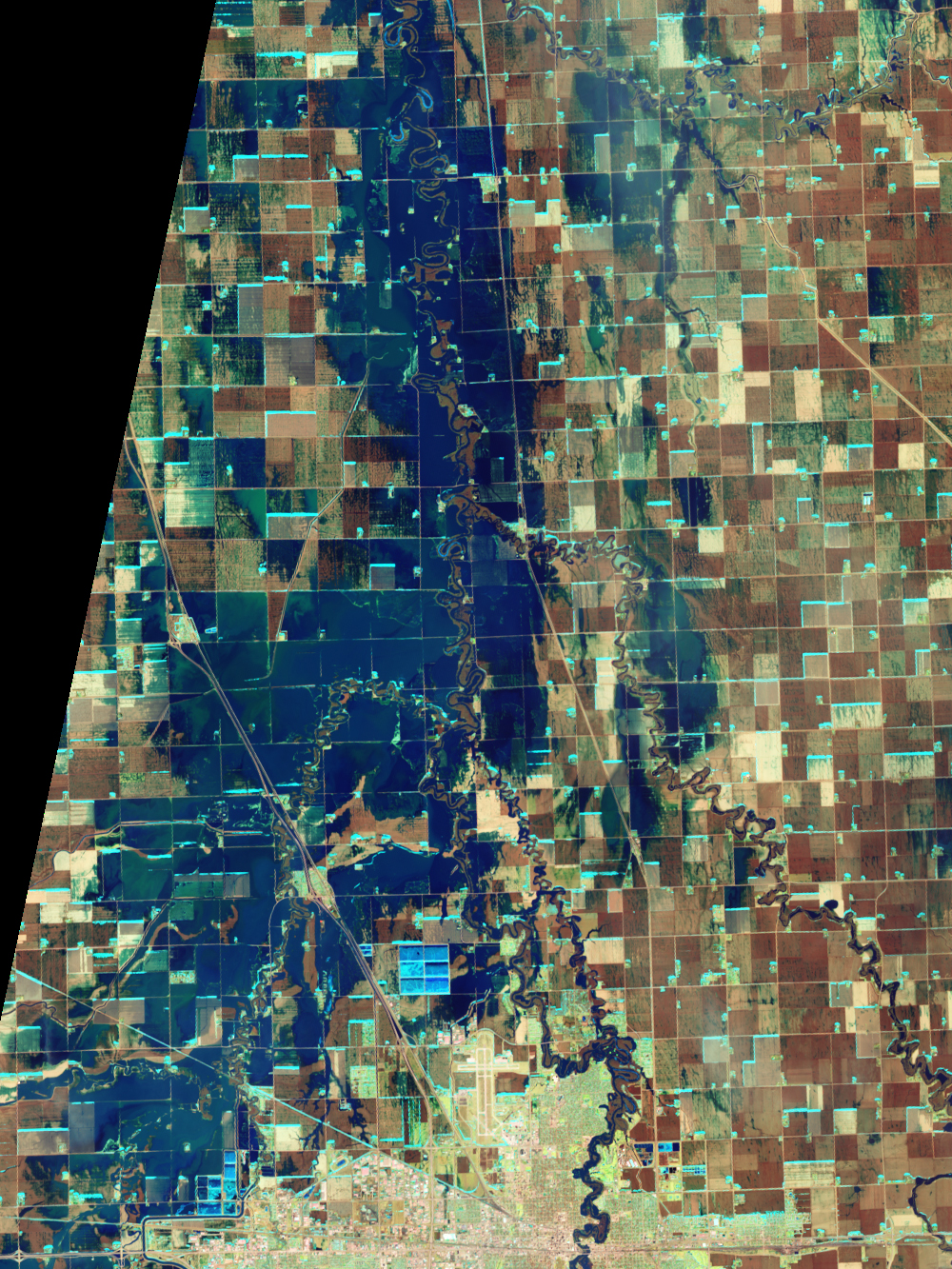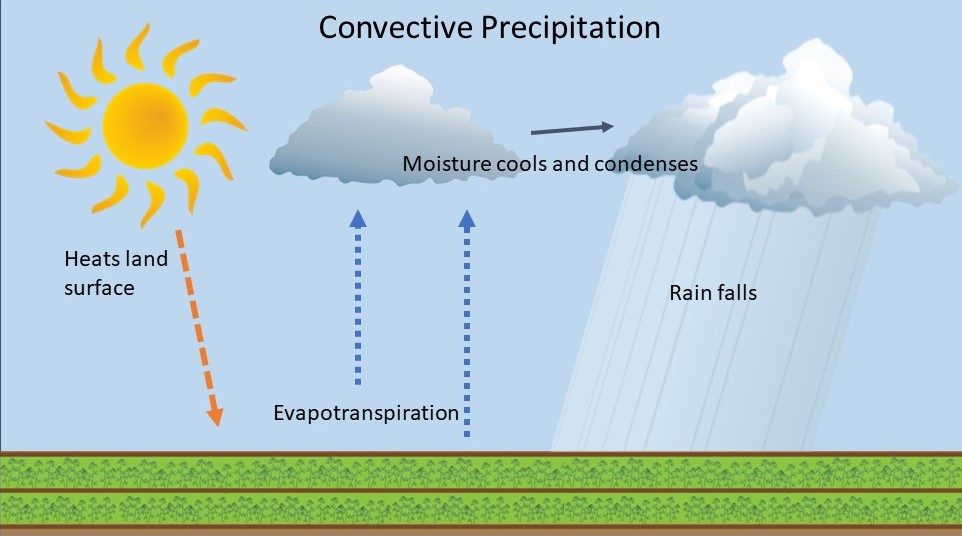How farmers on the Great Plains are changing the local climate
New crop practices trap more carbon in the soil, increasing rainfall and adding profits
For the past century, the world's climate has rapidly warmed, spurred by a precipitous increase in the concentration of greenhouse gases that trap the sun’s heat in the atmosphere, preventing it from rebounding into space. However, around 30 years ago, one region in North America began bucking the trend. A decline in the agricultural practice of summer fallow – leaving wheat fields devoid of growth for a year between crop harvests – coincided with cooler springs and summers than those experienced by much of the rest of the planet, and with increasing rainfall in the northern Great Plains.
It turns out that rather than leaving fields bare, planting fields with shallow-rooted crops, such as corn and teff, in between wheat harvests has myriad advantages. The direct benefits include more economic success for farmers due to increased crop harvests, as well as improved soil health thanks to the stabilized, nutrient-rich topsoil, which would otherwise be eroded by the wind – think Dust Bowl. But the indirect benefits are even cooler (pun intended). The increased crop-cover absorbs, rather than releases, carbon dioxide (a greenhouse gas); it cools the region in late spring; and it increases atmospheric moisture. This additional moisture leads to higher rainfall during crucial months of the growing season. To put it simply, farmers altered their land use to increase income, which caused a change in local climate that counteracted the human-caused warming trend.

A farm in the Dust Bowl
US Department of Agriculture
The traditional belief – one that still prevails in some regions – was that leaving fields fallow for alternating growing seasons conserved soil water and nitrogen necessary for plant growth, and also broke agricultural pest cycles. Additionally, tilling the land, or turning the soil, during fallow periods controlled weeds and allowed soils to "breathe." The conventional wisdom went something like this: rigorous planting and harvesting exhausts the Earth, and the soil needs to rest. And without plants to feast on, fewer pests survive to attack crops next year.
Then, about five decades ago, research began to reveal the negative consequences of summer fallow. We now know that summer fallow fails to conserve soil moisture in most places, because the water simply evaporates from the bare soil and into the atmosphere. Fallow also depletes soil carbon and nutrients, and increases the salt concentration in soil. Taken together, this makes land less productive in the long term.
To minimally disturb soil during planting, most farmers in the Great Plains now use crop-rotation techniques combined with a practice known as direct seeding. Alternating different crops on the same farmland, while also maintaining soil's structural integrity, conserves soil nutrients and moisture, while also keeping weeds, fungal pathogens, and crop-munching insects at bay.

Aerial view of summer fallow in North Dakota
NASA
The conversion from traditional fallow to more sustainable techniques was slow to start, stunted by a technological lag and social resistance born of the cultural value farming communities placed on tilling the land. But many factors eventually brought about massive change in land use across the Great Plains: increased scientific research, the economic incentive of crop yields, advances in technology, local outreach events, farmer-to-farmer communication, and farmer-scientist collaborations. Since 1970, the regional area under fallow has gradually declined from 77 million to 20 million acres, with most of this decline between 1985 and the early 2000s.
Climate control
Scientists' curiosity about what land use was doing to the local climate did not stop there. Environmental scientists Tobias Gerken and Paul Stoy, and PhD student Gabriel Bromley, all from Montana State University, recently published a paper in the Journal of Hydrometeorology that linked the increase in summer planting to a heightened probability of a certain type of rainfall, called convective precipitation, that forms when thermal energy lifts moisture to a cold part of the atmosphere.
Importantly, raindrops do not all originate the same way. Frontal precipitation, also called cyclonic, occurs when cold air meets warm air and the dense cold air slides beneath the warm air, forcing it to rise. Orographic precipitation forms when aggregated, warm, moist air meets mountains and is forced to rise over the ridges. For both orographic and frontal precipitation, the air cools as it rises in altitude, condensing the water vapor into liquid rain.

Ellen Stuart-Haëntjens, Tracey Saxby and Alexandra Fries
Convective precipitation occurs when there is sufficient energy to lift water vapor from the ground to the part of the atmosphere cold enough for it to condense into clouds. In the Great Plains, increased crop cover in late spring and early summer results in increased atmospheric moisture, because when plants need to cool down or obtain carbon dioxide for photosynthesis, water molecules escape in a process called evapotranspiration. With hundreds of miles of plants across the plains, their collective evapotranspiration increases the likelihood of rainfall by convective precipitation.
Agricultural scientists often visit farms and give presentations at local farm bureaus to help farmers see the broader changes they create. Farmers care about the health of the land beyond their own bottom lines.
“They are interested to know what is happening locally and why," Stoy said.
Working together, farmers and the scientists increasingly understand how crop practices can have multiple benefits for productivity, soil conservation, and regional climate. The conservation of carbon within the soil helps grow healthier crops and prevents carbon dioxide release into the atmosphere, where it would contribute to global warming. And increased growth means cooler and wetter growing seasons in a region where water is crucial, i.e. more profits for farmers harvesting more crops.

Some regions, such as areas of the Central Great Plains, still rely heavily on fallow. There, the climate is so dry that alternative farming techniques, such as crop sequencing, are not currently possible. This is a concern because, as Stoy said, “fallow makes convective precipitation less likely, and those rain storms, especially earlier in the growing season, help a farmer out.”
Managing Expectations
Regional land-use change is only responsible for part of local climate control. As the global climate changes, the delivery of cold and moist air from the Arctic, and warm and moist air from the Gulf of Mexico, may also change. Adding to this, extreme climatic events, such as droughts and floods, are increasing globally, even in the northern Great Plains.
“Large droughts can be hugely devastating,” Gerken said. Now, the research team is working to improve the forecasting of rapid onset droughts (one of which plagued the region in 2017), “to help farmers better manage the risk.”
Amid such precipitous change, there is at least one certainty: as economics, policy, and social networks continue to influence the region, and as the global climate continues to change, strategies for improved land management and climate adaption are increasingly vital to managing our own future. Collaborative efforts between scientists and stakeholders, such as those ongoing in the northern Great Plains, are key.



I loved this story. It’s an amazing example of how scientists, farmers, and modern technology can come together to provide a simple solution to a complex problem. We hear so often that modern agriculture is ridden with problems, and which reverting back to/relying on traditional farming techniques would solve. So I especially love that this story (including the great explanation of the science) provides a positive and progressive narrative about agricultural advances helping both farm productivity and the environment.